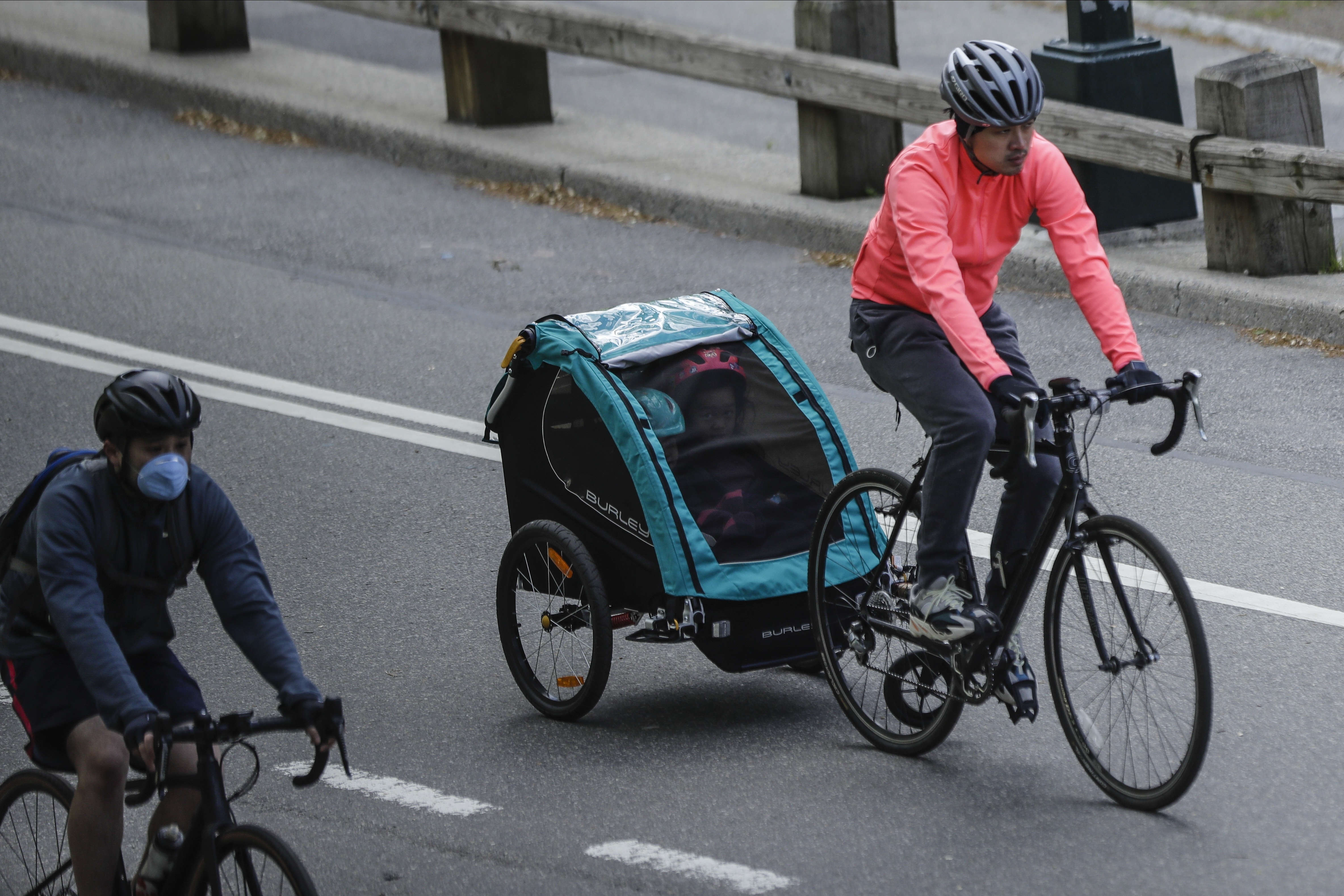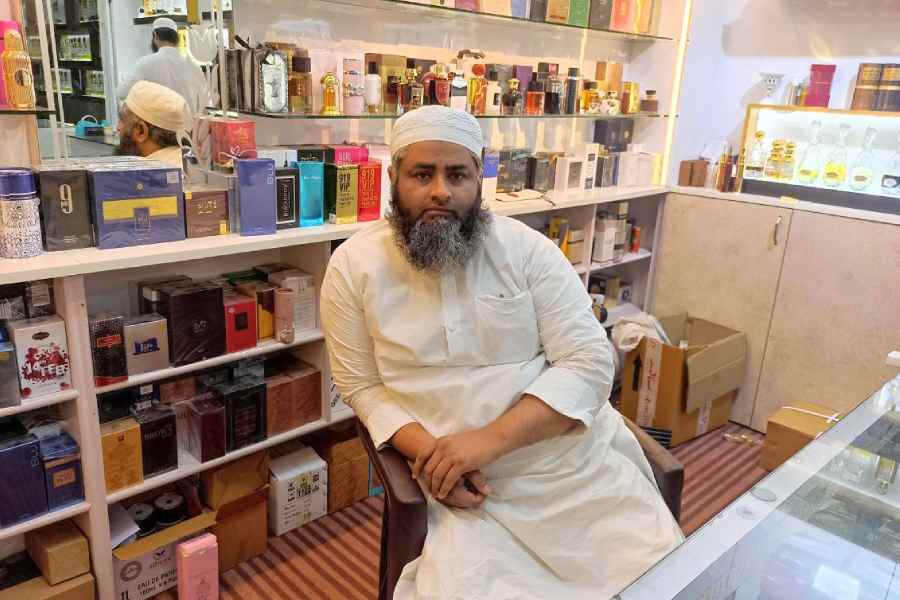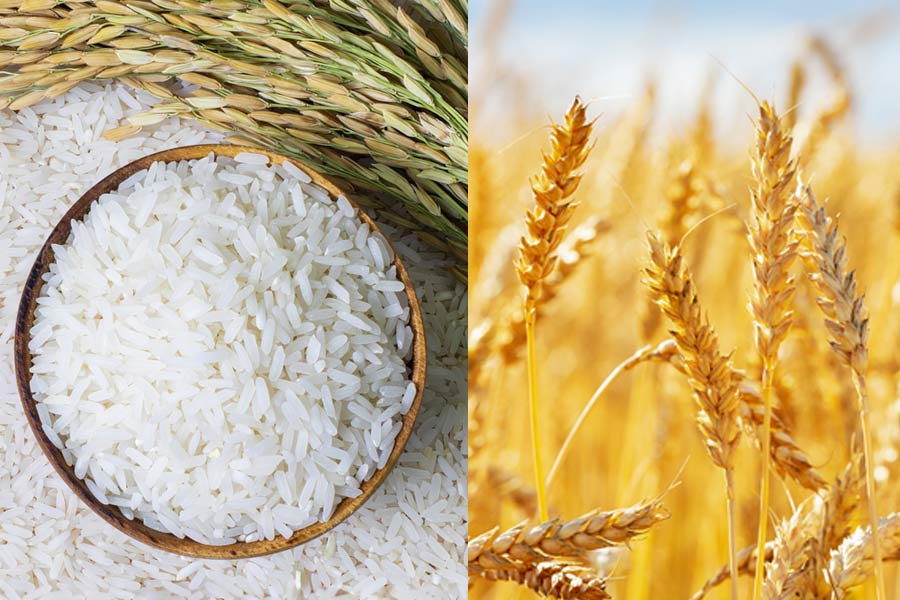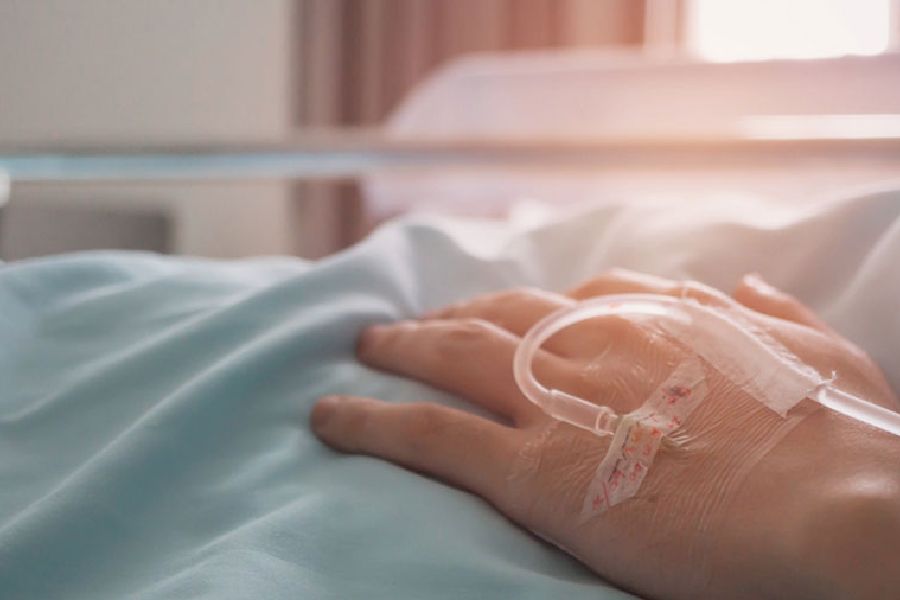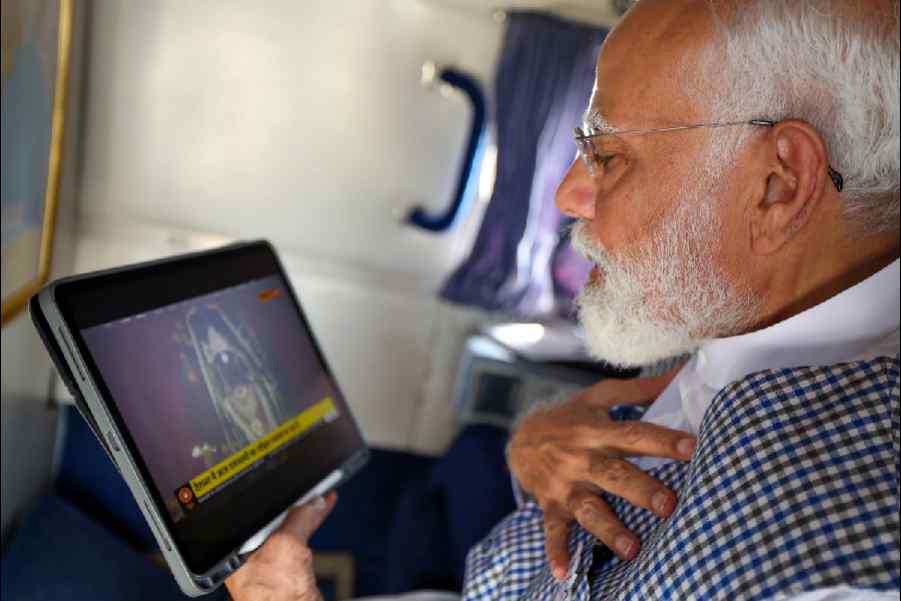A mysterious syndrome has killed three young children in New York and sickened 73 others, governor Andrew M. Cuomo said on Saturday, an alarming rise in a phenomenon that was first publicly identified earlier this week.
The syndrome, a toxic-shock-like inflammation that affects the skin, the eyes, blood vessels and the heart, can leave children seriously ill, with some patients requiring mechanical ventilation. Many of the symptoms bear some resemblance to a rare childhood illness called Kawasaki disease, which can lead to inflammation of the blood vessels, especially the coronary arteries.
Cuomo has asked parents to be vigilant in looking for symptoms such as prolonged fever, severe abdominal pain, change in skin colour, racing heart and chest pain.
“The illness has taken the lives of three young New Yorkers,” Cuomo said during his daily briefing in Manhattan. “This is new. This is developing.”
Until now, parents and public health experts had found some solace in the notion that the coronavirus and the disease it causes, Covid-19, largely spared children the worst effects of the illness. But any sense of relief was shattered this week when a 5-year-old in New York City died from the syndrome, which doctors described as a “paediatric multisystem inflammatory syndrome”.
A handful of cases have been reported in other states, including Louisiana, Mississippi and California. At least 50 cases have been reported in European countries, including Britain, France, Switzerland, Spain and Italy.
Cuomo said that many of the children, some just toddlers, had not shown respiratory symptoms commonly associated with the coronavirus when they arrived at the hospital but that all of them had tested positive for Covid-19 or its antibodies. “So it is still very much a situation that is developing, but it is a serious situation,” he added.
The state will be working with the New York Genome Centre and Rockefeller University to determine what is causing the illness.
Cuomo did not elaborate on the deaths of the two additional children.
“We were labouring under the impression that young people were not affected by Covid-19, and that was actually good news,” Cuomo said.
Before the announcement of the deaths attributed to the new illness, fewer than four children younger than 10 had died of the virus in New York, according to the most recent breakdown from the state. Cuomo said the state was working with the Centres for Disease Control and Prevention to determine whether the confounding illness had been affecting children infected with the virus before this week.
On Monday, the New York City health department issued a bulletin asking doctors to report any cases of the syndrome. At the time, the health authorities said they knew of 15 such cases, involving patients aged 2 to 15, who had been in intensive care units since April 17.
Earlier this week, one Long Island hospital, Cohen Children’s Medical Centre, said it had treated 25 children with symptoms of the syndrome that ranged from reddened tongues to enlarged coronary arteries.
While some of the symptoms are similar to Kawasaki disease, including fever, abdominal pain and sometimes a raised rash, doctors who have treated hospitalised children in recent weeks said there appeared to be differences in how the coronavirus-related condition affects the heart.
Toxic shock is a rare complication of Kawasaki disease, but many of the children affected with the coronavirus-related syndrome were in shock with very low blood pressure and an impaired ability to circulate oxygen and nutrients to vital organs. Whereas Kawasaki disease can produce coronary aneurysms when left untreated, the new syndrome seems to mostly involve inflammation of coronary arteries and other blood vessels.
Treatments have included steroids, intravenous immunoglobulin, high-dose aspirin and antibiotics, as well as supportive oxygen through the nose, a mask or, in the most serious cases, a ventilator.
Most children who are intubated can be removed from the ventilators within a few days, doctors said.
Although much about the illness remains unclear, experts believe children may be at greater risk for the syndrome because their immune systems are not fully developed.
Doctors have turned to genetic testing to see whether there is a predisposition or genetic reason one child falls ill even as siblings seem unscathed. New York Times News Service

